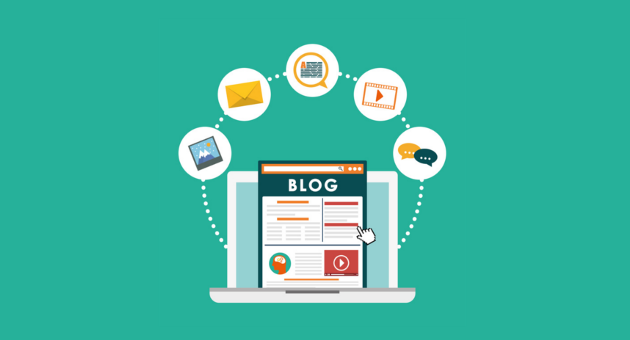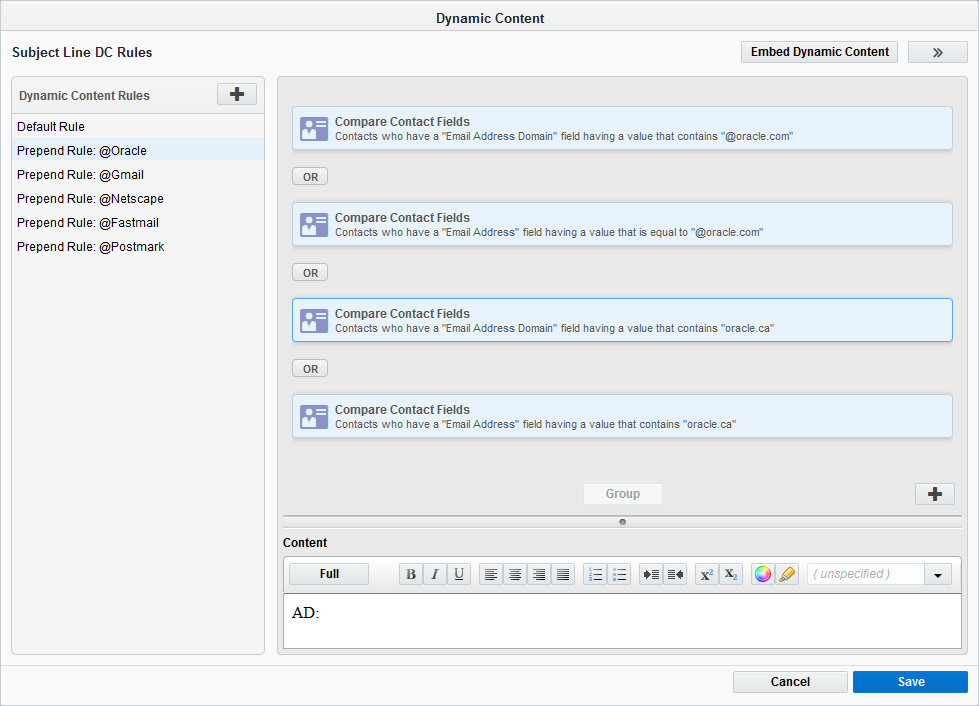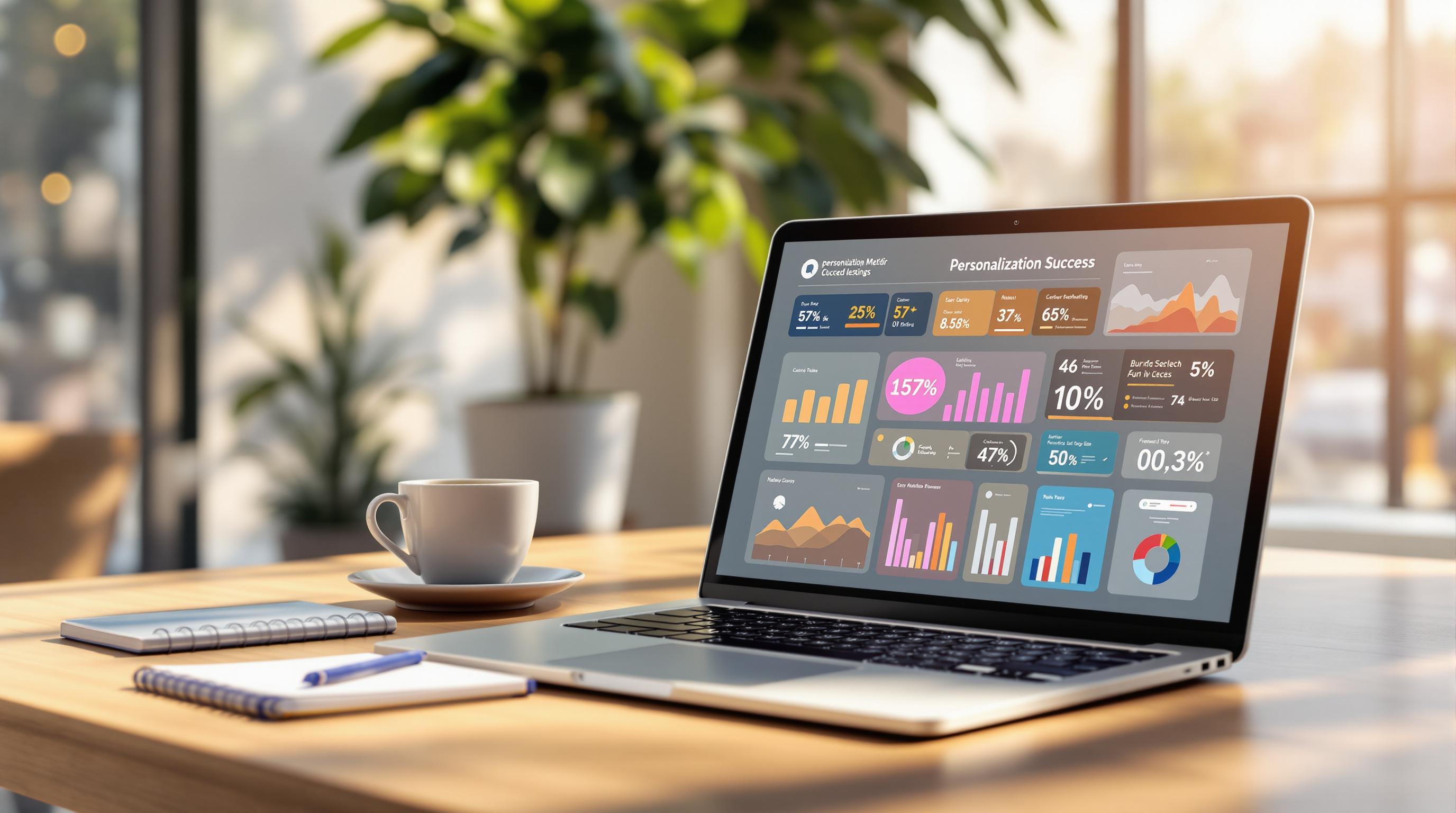
In today’s digital landscape, audiences are no longer satisfied with generic content. They want experiences that feel tailored to their unique needs and preferences. This is where personalization—specifically dynamic content—comes into play. By leveraging personalization on your blog, you can create a more engaging, relevant, and impactful experience for your readers.
Personalization isn’t just a trend; it’s a powerful tool that can boost engagement, increase conversions, and build long-term loyalty. Whether you’re an experienced blogger or just starting out, understanding how to implement dynamic content effectively is essential for staying competitive in 2025 and beyond.
In this article, we’ll explore the benefits of personalization, provide actionable steps to implement it, and show you how to measure its impact. Let’s dive in.
What Is Personalization (Dynamic Content) and Why It Matters
Personalization, in the context of blogs, refers to the practice of tailoring content to individual readers based on their behavior, preferences, or other data points. Dynamic content takes this a step further by automatically adapting the content displayed to each visitor in real-time.
For example, a blog post about healthy eating might show different recommendations depending on whether the reader is a busy parent, a fitness enthusiast, or a student. This level of customization ensures that each visitor receives content that speaks directly to them, increasing the likelihood of engagement and conversion.
According to research, personalized content can increase engagement by up to 202% compared to generic content. It also improves user satisfaction, reduces bounce rates, and enhances overall SEO performance. As search engines like Google continue to prioritize user-centric content, personalization becomes not just beneficial but necessary for modern blogging.
How Personalization Impacts SEO Performance
Personalization doesn’t just improve the user experience—it also has a direct impact on your blog’s SEO performance. Here’s how:
- Improved Dwell Time: When users see content that resonates with them, they’re more likely to spend time on your site, which signals to search engines that your content is valuable.
- Higher Click-Through Rates (CTR): Personalized headlines and CTAs can lead to higher CTRs, which positively affects your rankings.
- Better Relevance: Search engines favor content that aligns with user intent. Personalization helps ensure your content is relevant to each visitor, improving your chances of ranking higher.
- Increased Sharing: Readers who find your content useful are more likely to share it, leading to more backlinks and social signals—both of which are important for SEO.
By integrating personalization into your blog strategy, you’re not only creating a better experience for your audience but also optimizing your site for search engines.
Step-by-Step Implementation Framework
Implementing personalization on your blog requires a strategic approach. Follow these steps to get started:
1. Define or Audit the Current Situation
Before making any changes, take a close look at your current blog. Identify what content is performing well and what isn’t. Use tools like Google Analytics, heatmaps, and user feedback to understand your audience better.
Action Steps:
– Analyze traffic sources and user behavior.
– Review top-performing posts and identify patterns.
– Gather insights from comments and social media.
2. Apply Tools, Methods, or Tactics
Once you have a clear understanding of your audience, it’s time to apply personalization techniques. Here are some effective methods:
- Dynamic Headlines and CTAs: Use A/B testing to experiment with different headlines and calls to action for different segments.
- Geolocation Targeting: Show location-specific content or promotions based on the reader’s IP address.
- Behavioral Segmentation: Tailor content based on browsing history, time spent on pages, or previous interactions.
- Email Personalization: Use merge tags to include the reader’s name or other details in email campaigns linked to your blog.
Tools to Consider:
– HubSpot: For CRM and email personalization.
– Optimizely: For A/B testing and dynamic content.
– Adobe Target: For advanced personalization features.
3. Measure, Analyze, and Optimize
After implementing personalization, track its impact using analytics tools. Monitor metrics such as engagement, bounce rate, and conversion rate to determine what’s working and what needs adjustment.
Key Metrics to Track:
– Page views per session
– Average time on page
– Conversion rate
– Bounce rate
– Social shares
Use this data to refine your strategy and make informed decisions about future personalization efforts.
Real or Hypothetical Case Study
Let’s take a look at a hypothetical case study to illustrate the power of personalization.
Scenario: A health and wellness blog wants to increase engagement and newsletter sign-ups.
Strategy: The blog uses dynamic content to personalize headlines and CTAs based on the reader’s interests. For instance, a post about nutrition might show different CTAs for readers interested in weight loss versus those focused on general health.
Results:
– Engagement increased by 40%
– Newsletter sign-ups rose by 25%
– Bounce rate decreased by 15%
This example shows how even small personalization efforts can lead to significant improvements in performance.
Tools and Techniques for Personalization
To help you implement personalization effectively, here are some of the best tools available:
- HubSpot: Offers robust email and content personalization features.
- Optimizely: Allows for A/B testing and dynamic content delivery.
- Adobe Target: Provides advanced personalization capabilities for large-scale websites.
- Mailchimp: Enables personalized email campaigns with merge tags.
- Unbounce: Great for creating landing pages with personalized CTAs.
Each of these tools can help you tailor your blog content to specific audience segments, improving engagement and conversion rates.
Future Trends and AI Implications
As AI continues to evolve, the role of personalization will only become more critical. With advancements in machine learning and predictive analytics, blogs will be able to deliver hyper-personalized content in real-time.
AI-powered tools like Insider and SurferSEO are already helping brands create more relevant and engaging experiences. These technologies analyze user behavior and predict what content will resonate most with each visitor.
Looking ahead, expect to see more integration of voice search, visual content, and multimodal experiences. As search engines become more sophisticated, personalization will be a key factor in determining which content ranks highest.
Key Takeaways
- Personalization increases engagement by delivering content that resonates with individual readers.
- It improves SEO by boosting dwell time, CTR, and relevance.
- Dynamic content allows for real-time adaptation, ensuring your blog stays fresh and relevant.
- Measuring and optimizing is essential for refining your personalization strategy.
- AI and machine learning will play a growing role in the future of personalized content.
Start experimenting with personalization today, and watch your blog thrive in an increasingly competitive digital world.
Meta Title: How to Effectively Use Personalization (Dynamic Content) on Blogs for Better Engagement
Meta Description: Learn how to use personalization and dynamic content on blogs to boost engagement, improve SEO, and create a better user experience.
SEO Tags (5):
– Blog Personalization
– Dynamic Content
– SEO Optimization
– Audience Engagement
– Content Strategy
Internal Link Suggestions:
– Parameter #5: Content Personalization
– Parameter #8: User Experience (UX) Design
– Parameter #12: A/B Testing Strategies
External Source Suggestions:
– Google Analytics
– HubSpot Blog Personalization
– Optimizely Blog











